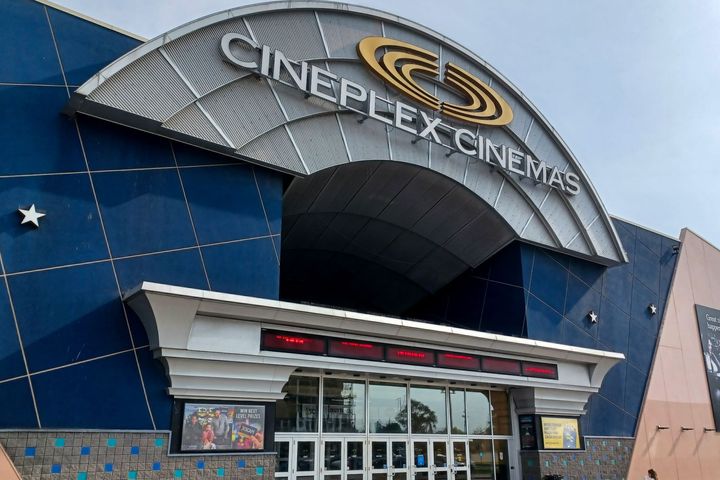Toronto's favourite Christmas-themed bar is back next month
Tis the season to be jolly – especially if you have a cocktail in hand. Miracle, Toronto's beloved pop-up Christmas bar is gearing up to open for the season and just like years past, it's going to be filled with holiday cheer and of course, festive drinks.
If you're ready to get into the Christmas spirit then mark your calendars for Nov. 15.
"The city's most magical Christmas-themed pop-up cocktail bar Miracle Toronto is thrilled to announce its return for the 2024 holiday season, running from Nov. 15 to Dec. 29, 2024,” shares Miracle Toronto in a press release.
You can expect all the Christmas excitement from kitschy holiday decor, a delightful array of holiday-inspired cocktails, visits from Santa and cheerful events.
The bar is hosted by the award-winning team behind Civil Liberties and will pop-up at their event venue across the street at 875 Bloor St West.
One of the 2024 additions that haven't been available in years past is visits from the big man himself.
Santa will be coming to Miracle to "mingle, bring joy and snap pictures with guests."
That's not all. Throughout the pop-up, Miracle will host a range of holiday-themed events including drag performances and family-friendly workshops.
A full schedule of special events will be released in the coming weeks so stay tuned.
"Our goal is to create the ultimate Christmas destination where friends, family and colleagues can come together and connect over delicious Christmas-inspired cocktails and a joyful atmosphere. We are so happy to be back and to be bringing even more festive fun for our guests – appearances from Old Saint Nick himself and kid-friendly events!” says Nick Kennedy, partner at the company that operates Civil Liberties.
"We invite everyone to create unforgettable memories, sip incredible cocktails and support a good cause with us at Miracle this holiday season."
Curious about what will be on the menu at Miracle Toronto?
Expect to indulge in cocktails such as Jingle Balls Nog, Crooked Antler, Christmapolitan, Snowball Old-Fashioned, Stocking Stuffer, Rudolph's Replacement, Koala La La LA, Naughty & Nice Shots, Hot Buttered Rum and new this year: the Christmasaurus Cocktail.
The menu also has mulled wine and spirit-free options including hot chocolate and hot apple cider.
If you're hungry, cookies from Courage Cookies will be on the menu as well as a selection of bar bites from Electric Bill.
Miracle will also continue to donate $1 from every drink sold to Nellie's, a local nonprofit organization providing shelter, education and advocacy for women and children in the GTA.
Those who book a reservation will receive "a special gift, a festive light-up Miracle beanie when they arrive to add some extra cheer to their visit."
Hector Vasquez
Latest Videos
Latest Videos
Join the conversation Load comments







